-
The Red Shoes by Hans Christian Andersen Fairy Tale Analysis
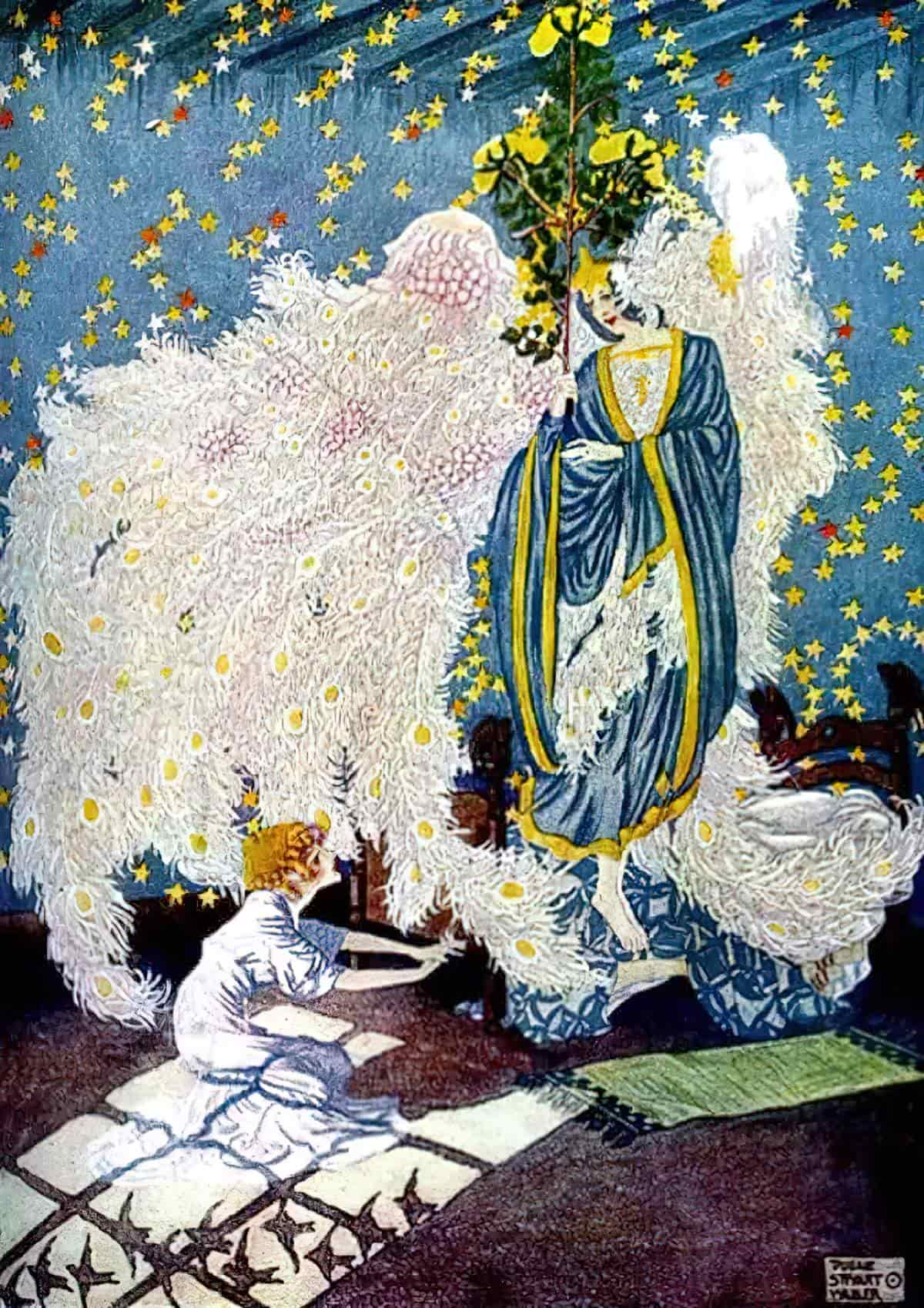
“The Red Shoes” (1845) is a — let’s face it — horrific literary fairytale by Hans Christian Andersen (1805 – 1875), built on a tradition of stories in which a female character is punished (by her ostentatious, sexually charged shoes) for her social deviation.
-
The Fairytale Importance of the Literary Salon and Marie-Catherine d’Aulnoy

First, what is a salon? 1. A RECEPTION ROOM IN A LARGE HOUSE The common feature of a salon: It is set up for social interaction. As shown in the header illustration, “Grand Salon” Hôtel du Collectioneur, Paris 1925. Arch. Emile Jaques Ruhlmann, a salon is also a feature of a grand hotel. 2. WHERE […]
-
Creating A Fairytale World
To a modern audience, what makes a setting feel ‘fairytale’? What is it about the tone, style and plot? I argue here that what makes a fairytale setting feel ‘fairytale’ is mostly the ‘fairytale logic’. Just as we know, almost intuitively, that a particular narrative is a fairy tale when we read it, it seems […]
-
Old Mother Frost Fairy Tale Analysis
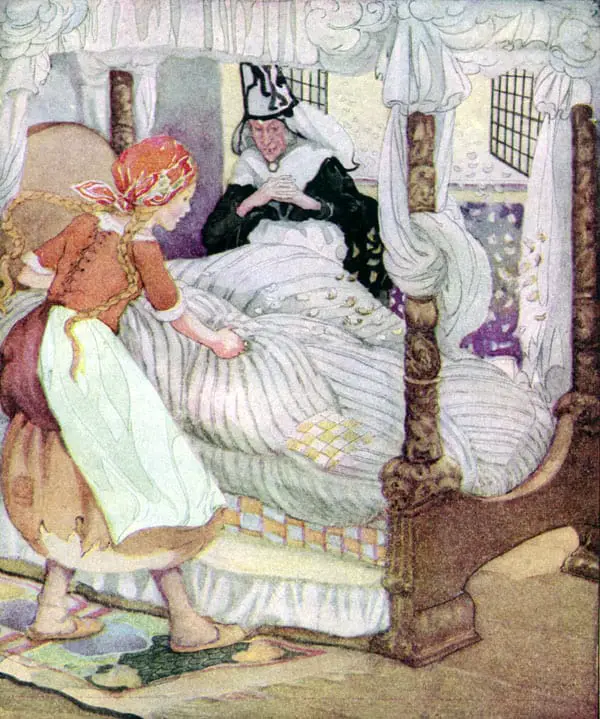
Old Mother Frost” is a German fairy tale also known as “Mother Holle”, “Mother Hulda” and “Frau Holle”.
-
The Elves and the Shoemaker Fairy Tale Analysis
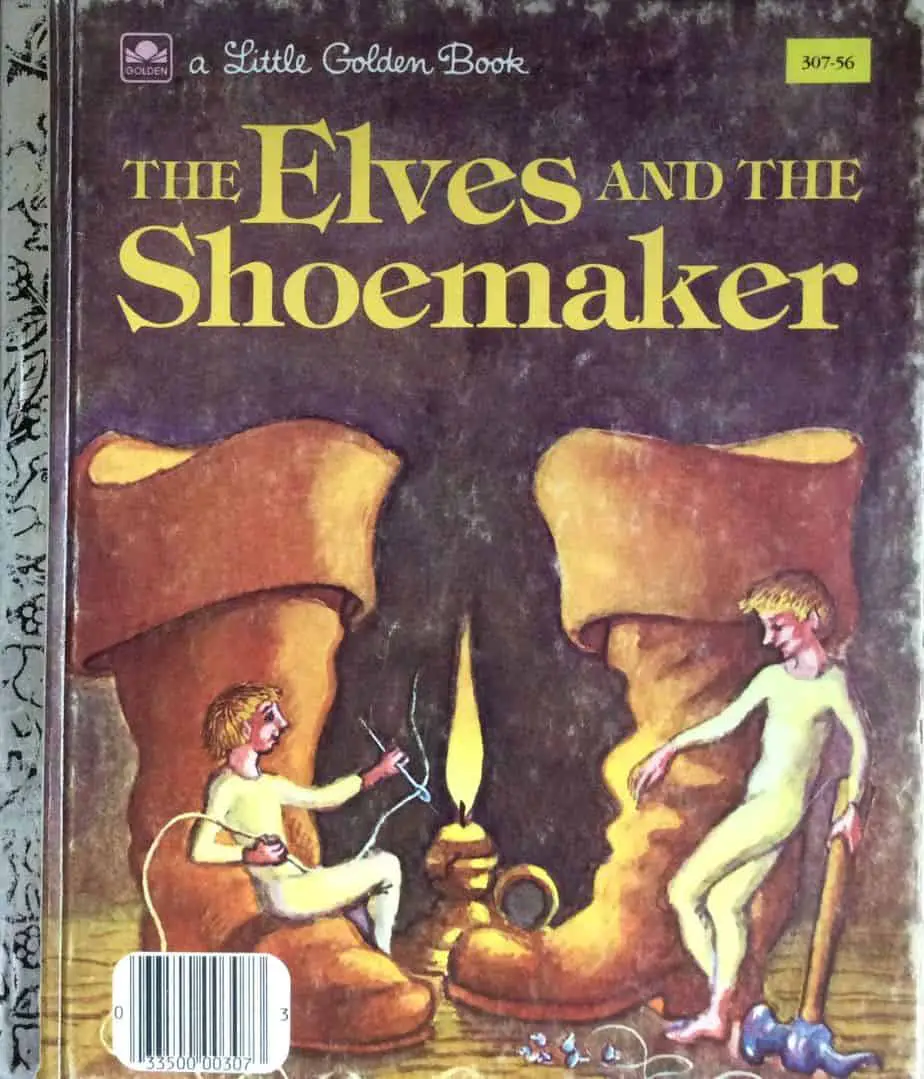
Read a modern re-telling of “The Elves and the Shoemaker” and you might conclude it’s a tale in praise of gratitude: Gratitude is noble. If someone does you a kind turn, be nice in return.
-
Goethe and Angela Carter’s Erl-king Short Story Analysis

“The Erl-King” is a short story by Angela Carter based on an old ballad by Goethe, one of the most famous ballads ever told. Carter’s re-visioning doesn’t use the plot from Goethe’s ballad, but borrows some of the atmosphere. Carter inverts the gaze and turns it into something new. As you might expect from Angela […]
-
Frogs and Toads in Art and Storytelling
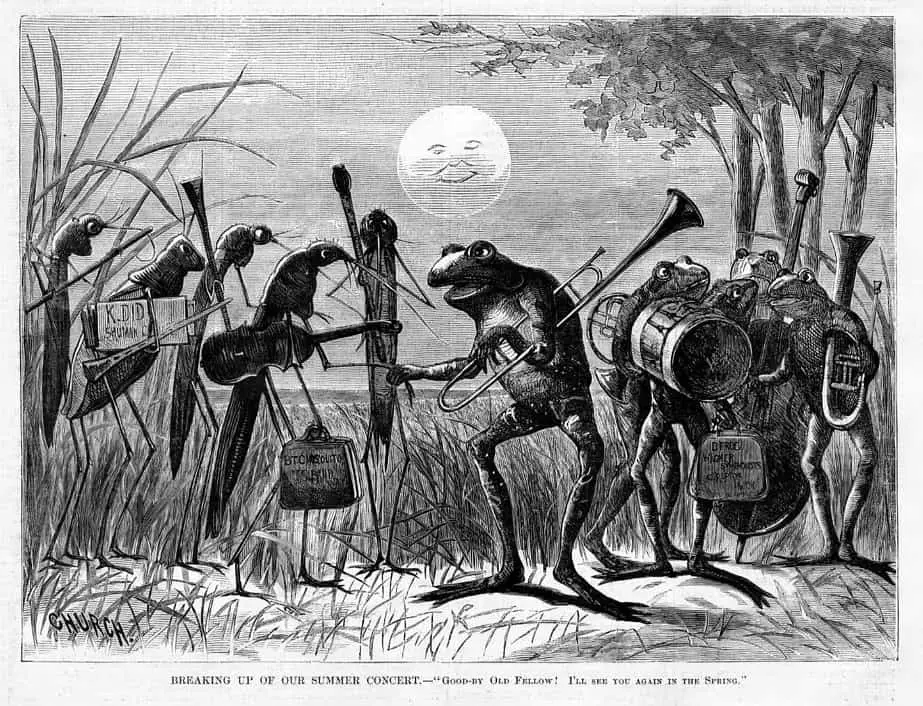
In stories, mice are to rats as frogs are to toads. Unlike hares and rabbits, toads and frogs are actually the same category of animal, but one has garnered a better reputation. I’ve heard ‘toad’ used as an insult, but I’ve only ever heard ‘froggy’ to describe the shape of someone’s mouth. Neither is especially […]
-
The Harlot’s Progress Archetypal Story
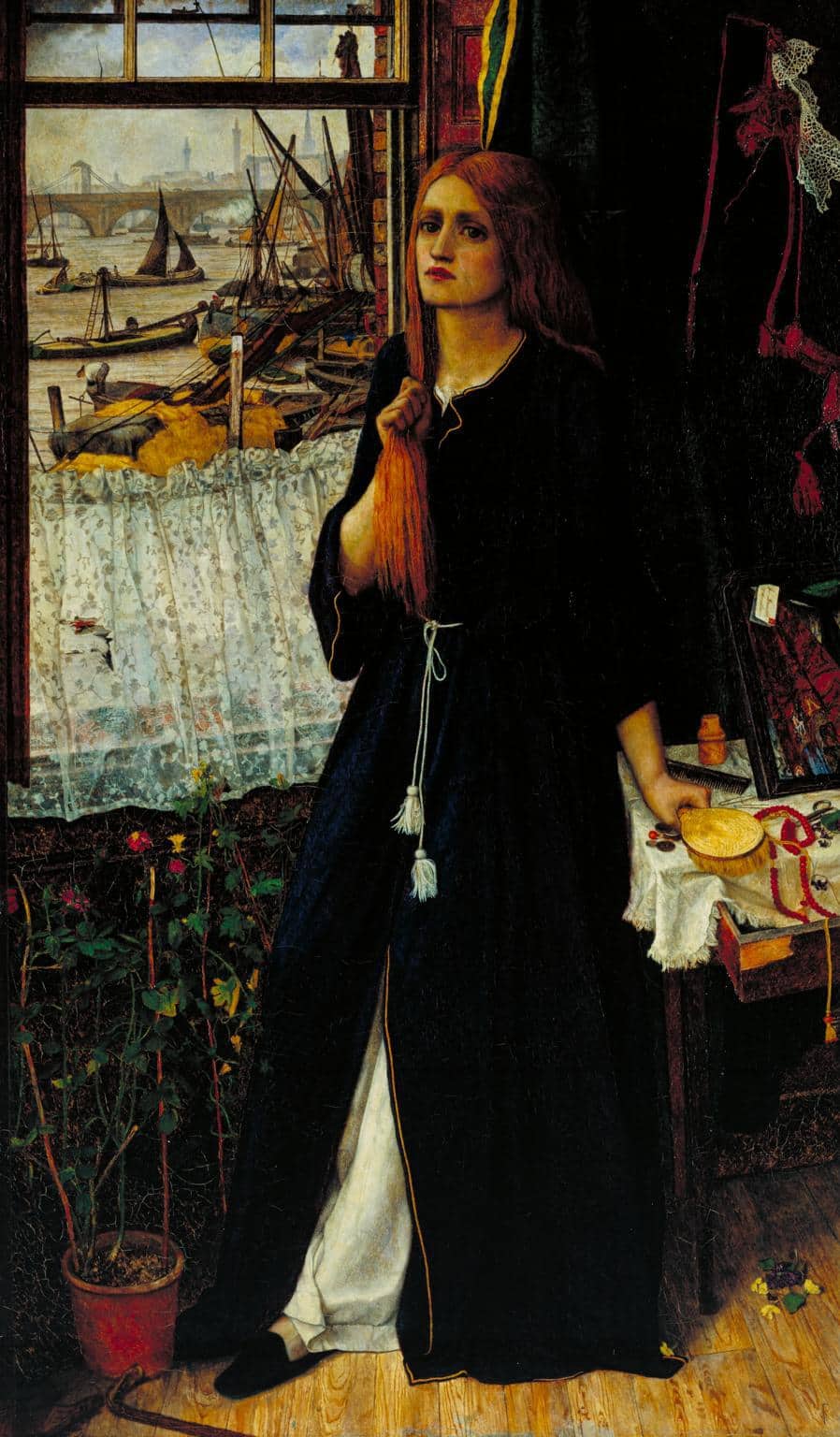
‘The Wise Virgins’ published 1864 by Sir John Everett Millais
-
Symbolism of Shoes, Feet and Footprints
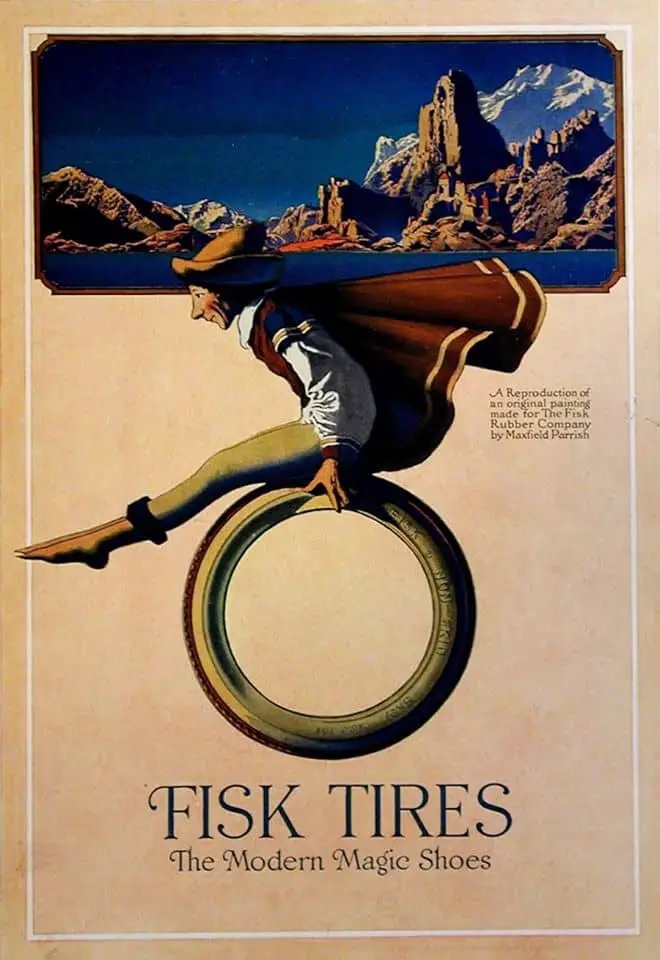
Shoes and footwear contain plenty of symbolic meaning. Horse shoes are different again, but I’ll include horse shoes here for comparison. Early Nancy Drew stories were high concept hooks which generally paired two disparate things which are nonetheless related in some obscure way. In The Clue of the Tapping Heels, those two things are tap […]
-
Snow White and Rose Red Fairytale Analysis
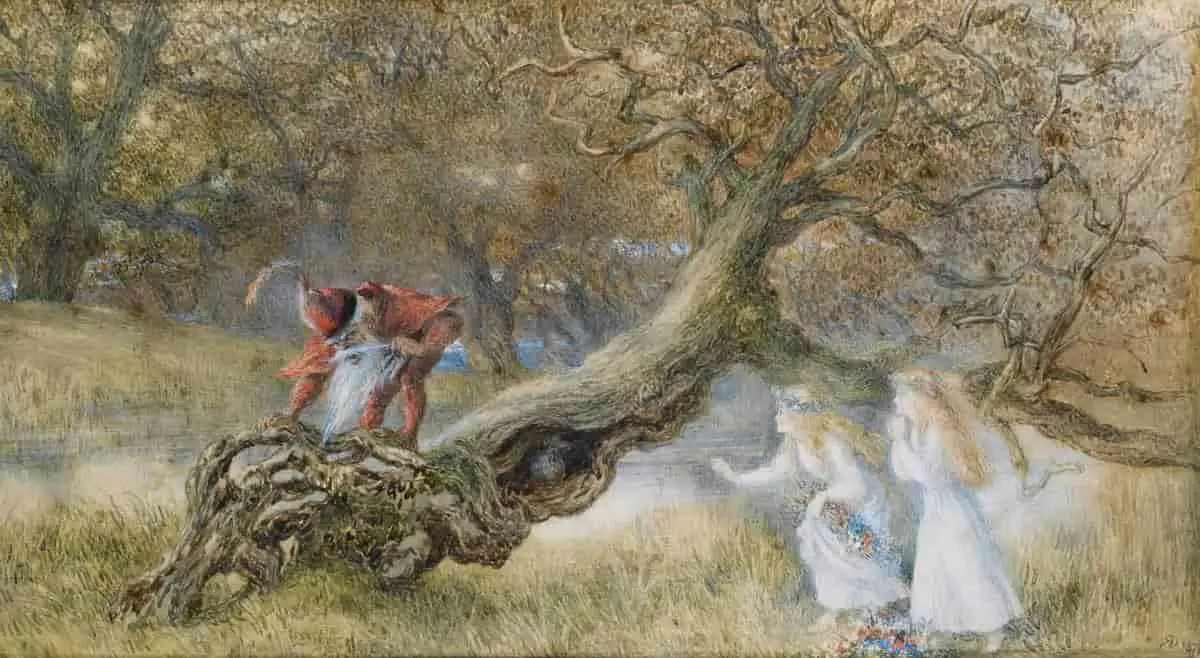
There are many slightly-altered versions of “Snow White and Rose Red” but I’ll refer to a version set down by the Grimm Brothers. This is the story of a lesser known Snow White.
-
The Symbolism of Crossroads
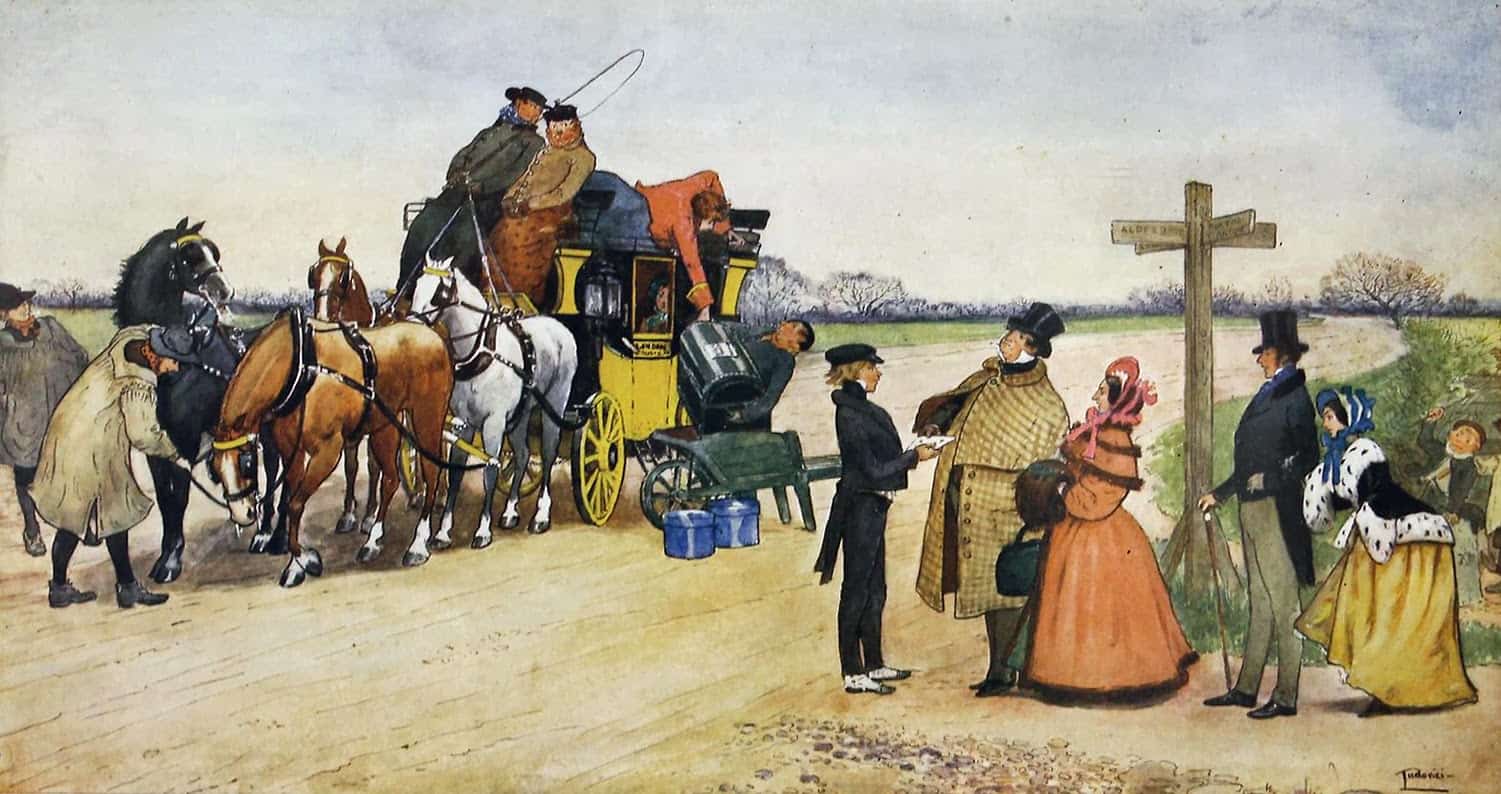
Crossroads in storytelling often indicated the place/time of decision. A anagnorisis occurs after the decision has been made. Character arc or penance follows. The ur-crossroads story features a character with special skills, who has supposedly traded his soul with the devil. One such story, attached to an actual person, is the story of Robert Johnson, who was so good […]
-
The Oral Origin Of Fairytales
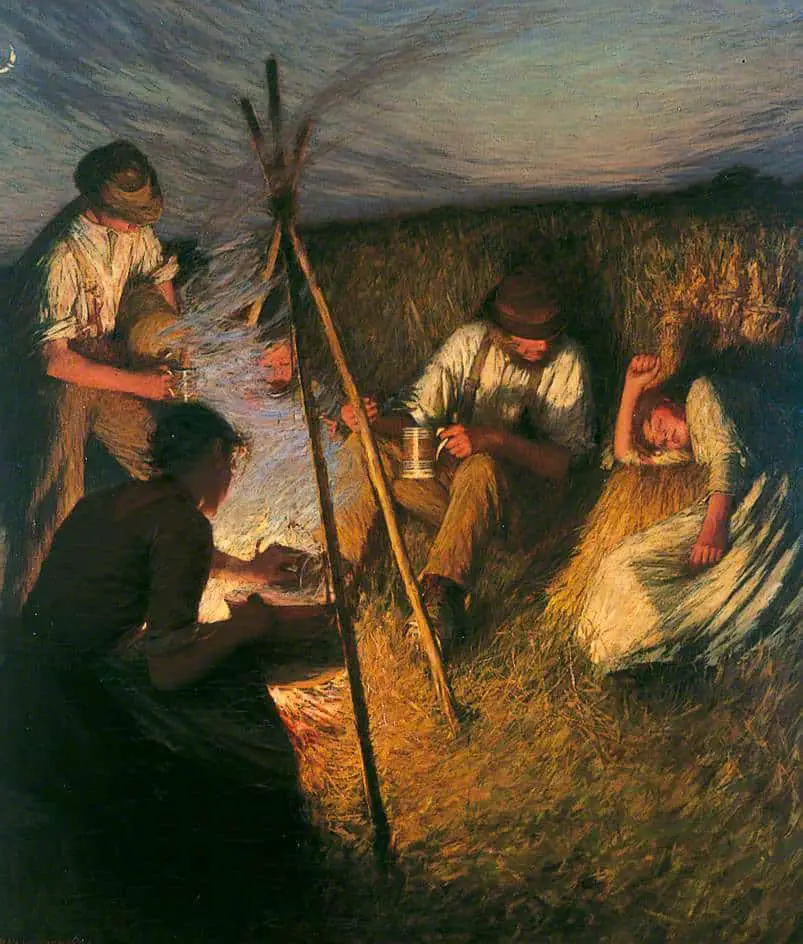
The era in which oral folktales became written fairytales was also the era in which children’s literature as a whole began to develop. How did oral tales change once they became written-down stories? First, the main audience shifted, notably, from the peasant class to the monied classes. Main characters were previously adults; now they were […]
-
Deals With The Devil In Storytelling
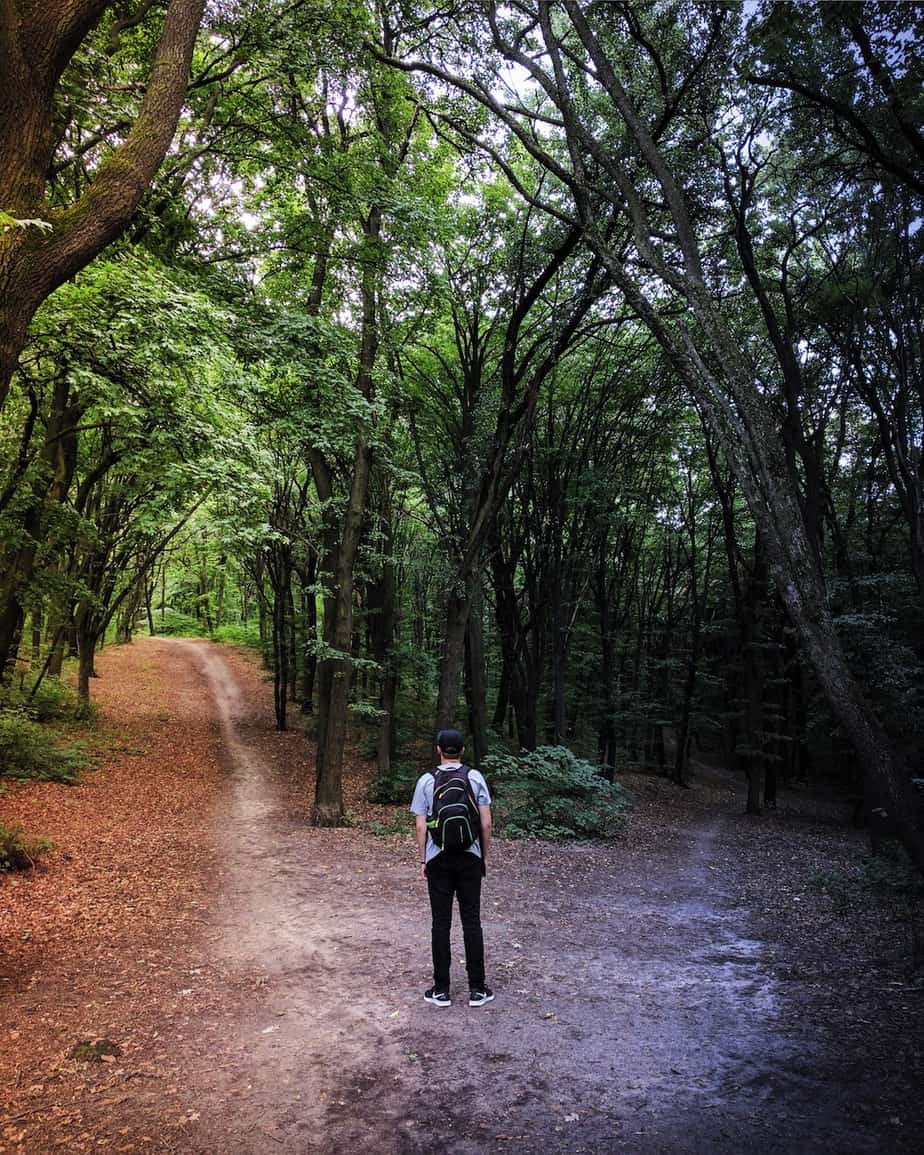
Humans have been making transactions with money for about 5000 years. Before that, our ancestors traded goods; before that, favours. We are a species highly attuned to swapping, making deals, owing favours and keeping stock. So it’s not surprising that we personify ‘fate’ or ‘life itself’ or God or whatever, and feel, deep down, that […]
-
The Gingerbread House In Hansel And Gretel
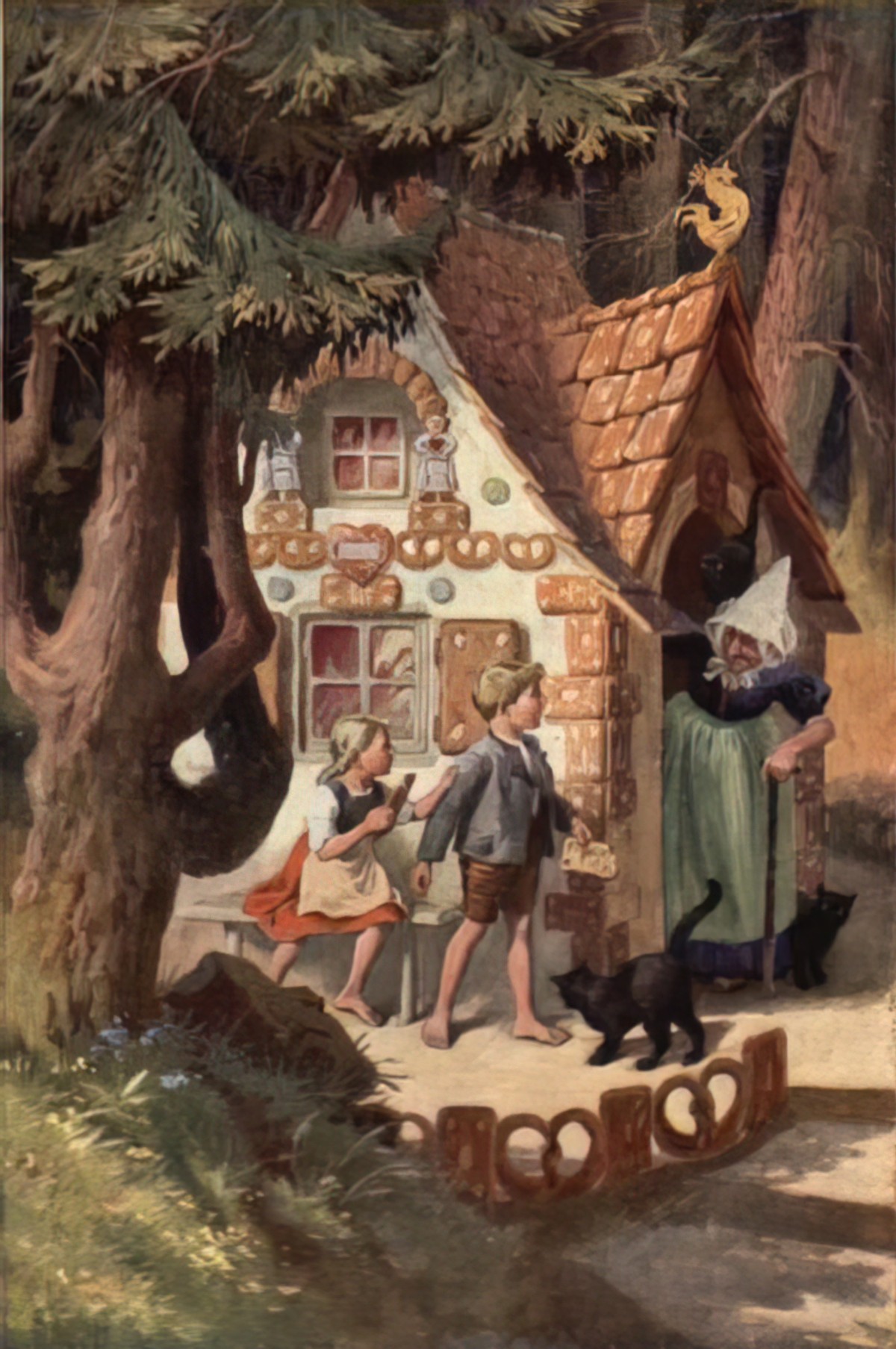
When artists choose to illustrate a single narrative moment, they make a choice of lasting importance, because their illustration creates a memorable impression for an entire story, one that visually anchors an impression of that story in its reader’s memory. Illustration history is full of such memorable moments. In the illustration history of Grimm’s Tales, one image predominates, that of…
-
Giants and Ogres In Storytelling
Giants and ogres are central archetypes in the fairytale cast. Though similar, they’re not exactly the same.